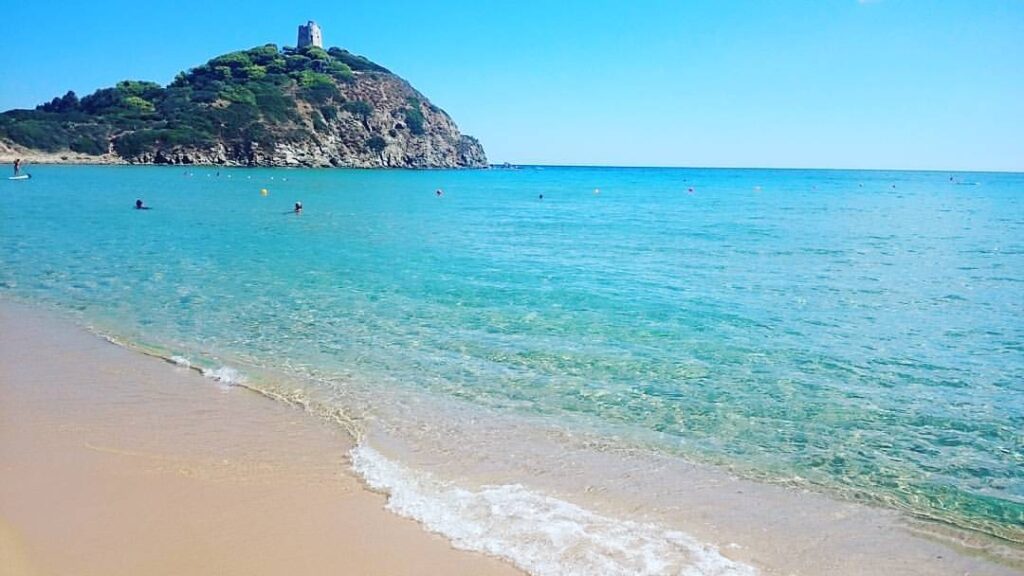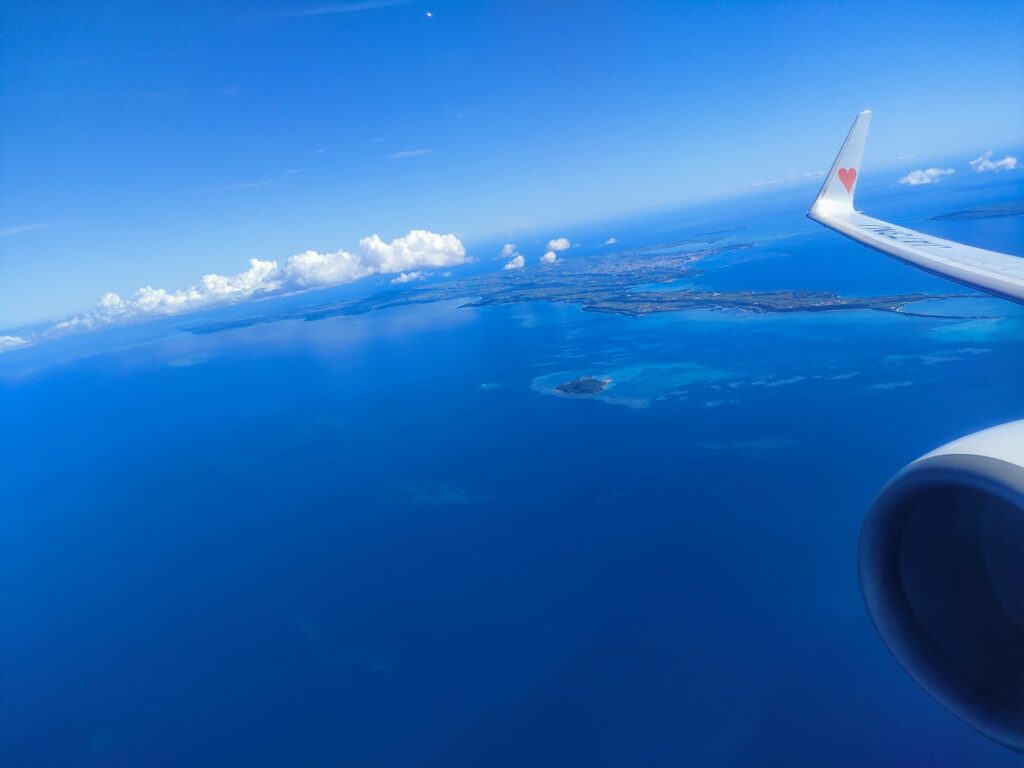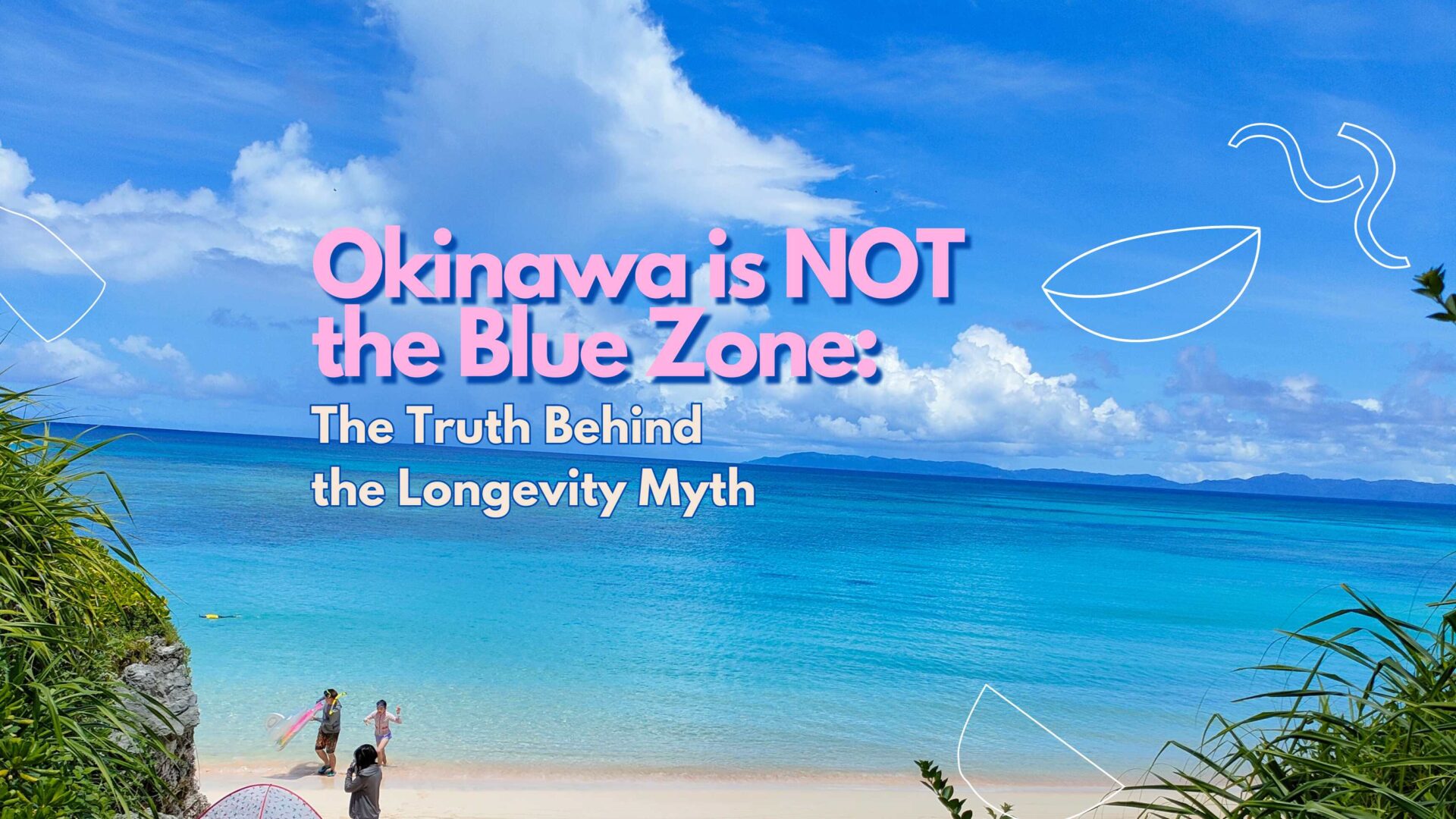You might have heard of Okinawa, Japan, as one of the Blue Zone locations famed for its longevity claim. What if I told you that Okinawa is NOT the Blue Zone, but one of the shortest lifespan prefectures in Japan?
How come too many people still believe in Okinawa’s longevity myth?
That is because of its past glory and continuous profiting off of that appeal. Let’s dive into the details why Okinawa isn’t really the Blue Zone any more.
Content
- 1 Okinawa’s lifespan data
- 2 Glorious Past of Okinawa’s Life Expectancy in the world
- 3 How Longevity Decline happened in Okinawa
- 4 Reason for the longevity decline in Okinawa
- 5 Okinawa Longevity Declaration Amid Decline
- 6 Okinawa today at the 5th worst longevity in Japan
- 7 Visit Okinawa for the Beauty, not for the longevity
Okinawa’s lifespan data
In the heyday of Okinawa, it was celebrated as the “Top in National Average Lifespan.” Yet, recent statistics paint a different picture, with women ranking 7th and men plummeting to 36th place. Okinawa’s longevity is now a complete myth, a once-upon-a-time story.
The longevity of Okinawa stemmed from its traditional cuisine—a balanced mix of low-sodium and low-fat meals—and the poverty that limited their food intake. However, with influences like the presence of U.S. military bases, the shift towards fast food has taken a toll, and the modern lifestyle is reflected in the deteriorating results of health examinations.
Let’s have a close look into each criterion that contributed to the radical decline in Okinawan lifespan.
Glorious Past of Okinawa’s Life Expectancy in the world
Now, it is true that once upon a time Okinawa was one of the Blue Zones. Back then, what was different? What were common among all the Blue Zone areas of the world to have longevity claim?
Where are Blue Zones?
Blue Zones are regions around the world where people live significantly longer, healthier lives compared to the global average.

These areas, identified by Dan Buettner and National Geographic, include places like Okinawa, Japan; Sardinia, Italy; Nicoya Peninsula, Costa Rica; Ikaria, Greece; and Loma Linda, California.
The concept of Blue Zones originated from Dan Buettner’s bestselling book “The Blue Zones: Lessons for Living Longer From the People Who’ve Lived the Longest.” In this book, Buettner explores the lifestyle habits and environments of communities with high rates of longevity, providing insights and lessons on how to live a longer, healthier life.
Yes, longevity was once true for Okinawa. Not now. Okinawa was known to have the longest lifespan in Japan.
The secrets to the former blue zone, Okinawa Japan
Once touted as the epitome of longevity in 1975, Okinawa maintained its supremacy in female life expectancy nationwide, consistently securing top positions for both genders, with Governor Masahide Ota even declaring the “World Longevity Region” in 1995.
Blue Zone Diet of Okinawa
Media outlets eagerly delved into the secrets of Okinawa’s longevity, attributing it to factors such as traditional diets, temperate climates, and the easygoing nature of its residents. Notably, the island’s affinity for pork, including not just the meat but also organs, head, ears, and trotters, provided a rich source of iron, minerals, and collagen. The meticulous preparation, boiling off excess fat, ensured a high intake of quality proteins.
Moreover, Okinawa’s warm climate yielded an abundance of fresh vegetables and fruits, featuring dishes like Goya Champuru with bitter melon, Papaya Irikke with papaya, and stir-fried carrots, incorporating soy-based dishes like Tofuyo.
In the 1980s, Okinawans epitomized exemplary dietary habits, savoring dishes that were not only nutritious but also adhered to a “moderate salt” philosophy—a remarkable fusion of health-conscious and flavorful eating.
How Longevity Decline happened in Okinawa
In recent years, Okinawa has witnessed a significant decline in its longevity rankings.
We started to see the longevity decline of Okinawa around 2000, with men dropping from 4th to 26th place, signaling a departure from the island’s once-praised lifestyle.
By 2010, this descent continued, with men falling to 30th place and women conceding the top spot to Nagano Prefecture, securing 3rd place. The news of Okinawa’s once-proud longevity now plummeting came as a startling revelation.
What Average Life Expectancy Data can tell
Here’s a brief overview of the trends:
- 1975: Okinawa’s male population held the top spot in average life expectancy, reflecting the region’s healthy dietary habits and lifestyle.
- 1980s: Okinawa maintained its leading position, with continued high rankings in male longevity, bolstered by traditional diets rich in vegetables, tofu, and lean meats.
- 1990s: The early 1990s still saw Okinawa near the top, but signs of decline began to emerge as Western dietary influences started to take hold.
- 1995: Okinawa declared its status as a longevity prefecture, despite emerging signs of dietary shifts and rising health concerns.
- 2000: By this time, the impact of Western fast food had become more pronounced, and Okinawa’s ranking began to slip.
- 2010: The decline became starkly apparent, with Okinawa’s male life expectancy dropping to 30th place, highlighting significant health challenges.
Reason for the longevity decline in Okinawa
The shift in dietary habits was something we noticed early on.
The Impact of the Western Diet
With the presence of U.S. military bases, fast-food establishments infiltrated Okinawa, accelerating the Westernization of its culinary landscape.
Concurrently, obesity rates surged, accompanied by a deterioration in health examination metrics. While no study conclusively proves that this dietary shift directly caused the decline in Okinawan longevity, the correlation is hard to ignore.
Car-centric Lifestyle
Additionally, the car-centric lifestyle in Okinawa plays a significant role. Due to the limited coverage of public trains, residents often rely on driving for transportation, even for short distances like visiting the nearest convenience store. This lack of walking contributes to a sedentary lifestyle, which can further impact health and longevity.
High Alcohol Consumption
In terms of alcohol consumption, Okinawa is a staggering 18 times the national average.
In Okinawa Prefecture, alcohol is by far the leading cause of liver cirrhosis, and its age-adjusted mortality rate for liver diseases ranks worst in the nation. The percentage of individuals suspected of alcohol dependence is also significantly higher, approximately three times the national average. Excessive alcohol consumption leads to a higher risk of health deterioration, contributing to the region’s health challenge
Okinawa Longevity Declaration Amid Decline
The longevity declaration in 1995 was made against a backdrop of gradual lifespan decline in Okinawa.
Trends in Average Life Expectancy by Prefecture (Men: 1975-2010)
Until 1985, Okinawa had the longest life expectancy for men in Japan. However, by 1990, the average life expectancy for men was already declining, as shown in the data.
It seems the authorities were aware of the impending decline and chose to make the declaration at the last possible moment, fearing it might soon become impossible.
Indeed, just five years after the declaration, Okinawa lost its top longevity ranking. 2015 survey shows a steep drop, with men ranking 36th and women 7th. The situation is even more dire for the working-age population (30-64 years), with men having the fifth highest mortality rate and women the fourth highest, indicating severe health challenges.

Okinawa today at the 5th worst longevity in Japan
According to the latest data from 2020, Okinawa has the 5th shortest lifespan for men while women is at the 16th from the top.
- Women: Okinawa ranks 16th from the top, indicating that women in Okinawa have a relatively higher life expectancy compared to many other prefectures.
- Men: Okinawa ranks 5th shortest, which means that men in Okinawa have one of the shorter life expectancies compared to other prefectures.
Here is a summary of Japan’s average life expectancy data for different prefectures in Japan based on the information provided in the 2020 report:
- Overall Average Life Expectancy:
- Nationwide, the average life expectancy is 81.49 years for men and 87.60 years for women.
- Top Prefectures for Men:
- Shiga: 82.73 years
- Nagano: 82.68 years
- Nara: 82.40 years
- Top Prefectures for Women:
- Okayama: 88.29 years
- Shiga: 88.26 years
- Kyoto: 88.25 years
- Difference Between Prefectures:
- The difference in life expectancy between the longest and shortest living prefectures is 3.46 years for men and 1.96 years for women.
- Life Expectancy at Key Ages:
- The data also includes average life expectancy at ages 20, 40, 65, and 75, showing how these values vary by prefecture. For example, men in Shiga have the highest life expectancy at age 0 (82.73 years) and age 20 (63.07 years), while Nagano leads at ages 40 (43.73 years), 65 (20.86 years), and 75 (13.12 years). For women, similar trends are observed with Okayama, Shiga, and Kyoto ranking highly at different ages.
Visit Okinawa for the Beauty, not for the longevity

Remember, Okinawans as Blue Zone is a myth that great marketers created. And we shouldn’t be misled by marketing attempts.
Okinawa holds its own allure with its remarkable natural beauty. It’s hard to choose between Sardinia or Okinawa for their beauty. Okinawa is definitely one of a kind. Visiting Okinawa for seeking the longevity myth is not a good idea, but it should be about experiencing a place that’s a must-see, offering immersion in its unique culture and stunning landscapes.
It’s a destination worth exploring for its intrinsic value, beyond any longevity claims. “See Okinawa and die.” It is truer than “See Naples and Die.”

